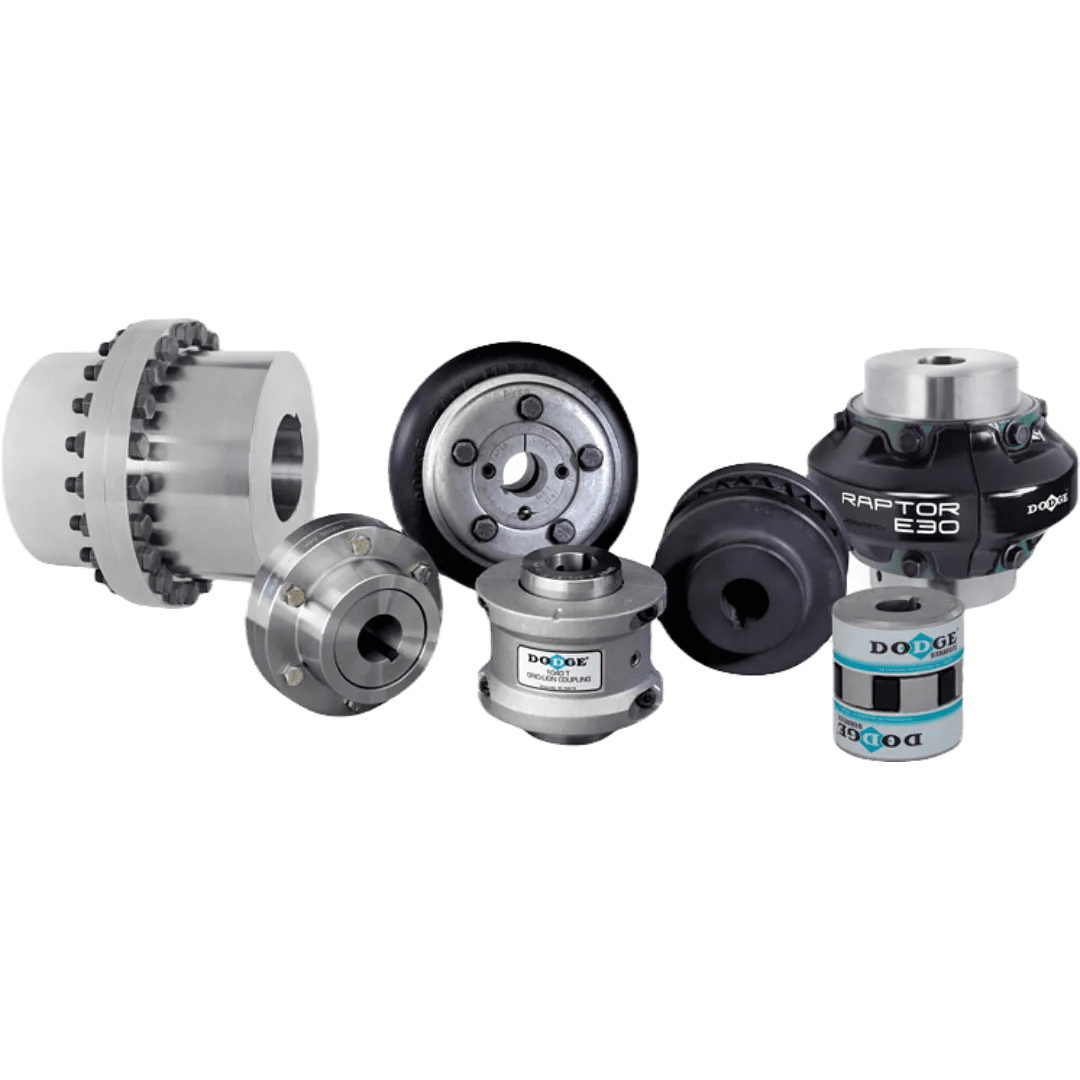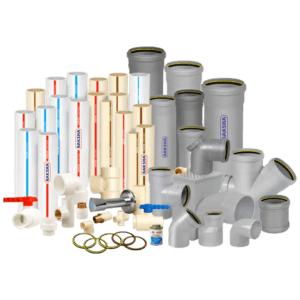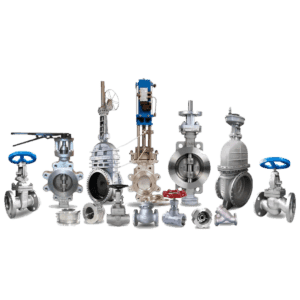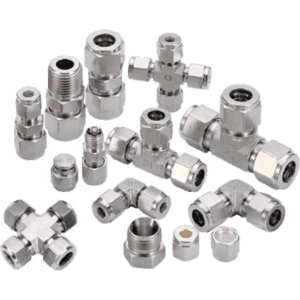Motor shaft couplings are critical components that link the rotating shafts of a motor and a driven machine, ensuring power transmission between them. Couplings are designed to accommodate misalignment, reduce vibrations, and absorb shock loads, which helps protect the motor and other machinery parts. There are different types of couplings, including flexible, rigid, and universal joints. Flexible couplings are commonly used in industrial applications where slight misalignment is present. Rigid couplings, on the other hand, are designed for precise alignment. They are essential in industries like manufacturing, agriculture, and power generation. Regular inspection of motor shaft couplings ensures their longevity and efficiency.
Key Features:
- Power Transmission: Ensures the transfer of power between two shafts.
- Misalignment Compensation: Absorbs shaft misalignment, reducing mechanical stress.
- Vibration Reduction: Helps minimize vibrations and noise.
- Durable Construction: Made from materials like steel, aluminum, or elastomer for longevity.
Types and Standards:
- Flexible Couplings: For applications with slight shaft misalignment.
- Rigid Couplings: For precise, aligned shaft connections.
- Universal Joint Couplings: Allow for variable angles between connected shafts.
- **ISO 9001: Quality management standards for motor coupling production.
Brands Available:
Lovejoy, Ruland, Wittenstein, Falk, Rexnord.
General Maintenance:
Regularly inspect couplings for wear and alignment. Replace elastomer parts when they show signs of cracking. Check for lubrication and ensure no debris is obstructing the coupling.





